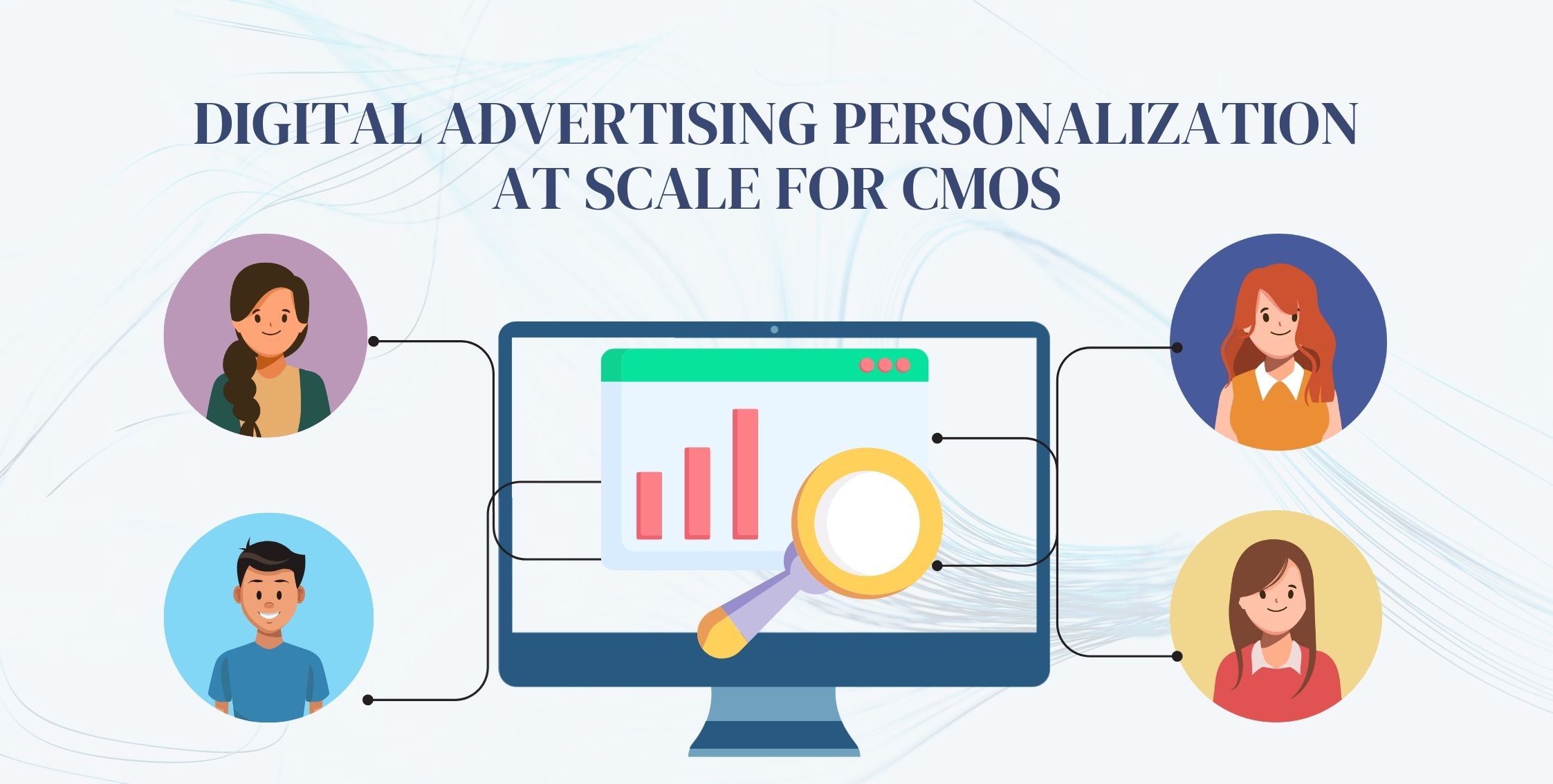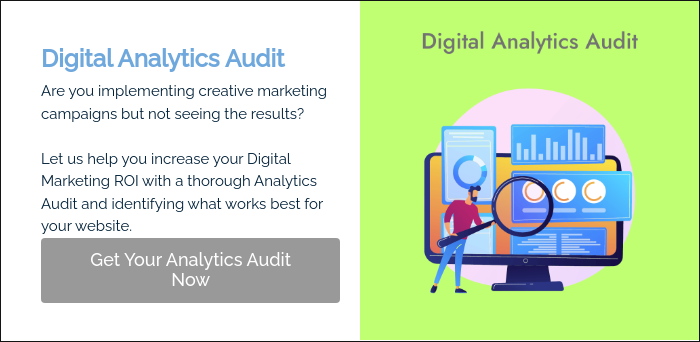What is Personalization at Scale?
Personalization at scale lets companies give customers the most fitting and individualized experience, as it happens instantly. This approach uses the correct information at the right moment, showing customers messages and offers that match where they are in their buying journey.
Personalization at scale involves tailoring individualized experiences, content, and interactions for a large audience. It goes beyond addressing the needs of specific segments, aiming to provide unique and relevant experiences to each user.
The importance of personalization at scale lies in its ability to efficiently connect with a diverse audience, improving customer engagement, satisfaction, and business outcomes.
In services like Netflix and Spotify, they look at what you watch or listen to and suggest similar things. In health, wearable devices use your data to give advice on food and exercise tailored to your habits.
This approach enhances the overall customer experience but also drives increased conversion rates and loyalty on a broad scale, demonstrating the transformative impact of personalization at scale in the business world.
Benefits of Personalized Digital Advertising:
Personalization at scale in digital advertising offers significant advantages for marketers.
Here are key benefits that directly impact advertising efforts:
Increased Engagement and Conversions:
With that, you can tailor ad messages to individual interests and behaviors, the likelihood of engagement and conversions.
For instance, personalized product promotions based on a customer's previous interests tend to perform better than generic ads.
Stand Out in the Crowd:
Personalized ads help businesses be more memorable and distinctive in a saturated digital landscape.
Amid the generic marketing emails, personalized campaigns grab attention, setting a brand apart from competitors.
Higher Click-Through Rates:
Personalization makes recipients feel valued, resulting in higher open and click-through rates.
Personalized ads create a sense of one-on-one communication, prompting users to interact and take action.
Cost-Effective Targeting:
Targeted ads ensure efficient use of advertising budgets by reaching audiences most likely to be interested.
Utilizing data to pinpoint specific demographics and interests minimizes wasted ad spending on less relevant audiences.
Better Understanding of Audience:
Analyzing engagement and conversion rates from personalized ads provides insights into audience interests and behaviors.
This understanding helps in refining future advertising strategies for improved targeting and relevance.
Improved Ad Recall:
Personalized advertising makes messages more memorable, increasing the chances of users recalling the brand.
This recall factor is crucial in competitive digital spaces with limited attention spans.
CMO Guide For Personalized Digital Advertising:
Achieving personalized advertising is a goal for Chief Marketing Officers (CMOs). Using advanced technologies and data analysis, CMOs can create more relevant and engaging ad experiences for their target audiences.
Here's an extensive discussion on how CMOs can achieve personalization at scale:
- Data Collection and Integration
Creating a Customer Data Platform (CDP) helps CMOs gather information about customers from social media, websites, and offline channels. It helps in personalizing interactions with customers.
Focus on getting information directly from customers (first-party data). Encourage customers to share their details by offering incentives and follow privacy rules.
To make the collected data reliable, CMOs should set rules for handling data and follow privacy regulations.
Make sure all the tools used in marketing work well together. For example, if Salesforce is used for sales and Hubspot for marketing, connecting them with an API helps to have a consistent view of customer interactions.
A big tech company connects its CRM and marketing tools smoothly. Customers interact across different parts of the company.
- Advanced Analytics, Artificial intelligence, and Machine Learning
Using Advanced Analytics:
Use advanced analytics to understand more about your customers' details, behaviors, and how they interact with your brand.
Analyze groups of customers (cohort analysis) to find patterns and create targeted personalization strategies.
Use models to predict what customers might do next, helping you give personalized content or recommendations in advance.
Machine Learning:
Machine learning analyzes data and finds patterns that humans might miss. It helps in making more accurate predictions and improving personalization in marketing.
Implementing AI and Automation:
Use AI-driven chatbots and virtual assistants to interact with customers in a personalized way, understanding their queries and preferences.
Employ programmatic advertising platforms that use AI to automate ad buying and target audiences more precisely, adjusting in real-time based on customer behavior.
Use AI-driven tools to dynamically optimize content based on user behavior and preferences, making sure each user sees the most relevant content.
Customer Journey Mapping:
Understand customer's touchpoints and use this information to personalize their experience.
Create a detailed plan to track and analyze every touchpoint in the customer journey, gaining insights into their interactions, preferences, and challenges.
Dig Deeper with more readings on the customer journey!
https://www.analyticodigital.com/blog/customer-journey-data-visualization-mapping
- Cross-Channel Personalization
Omni-Channel Integration:
Ensure a seamless omnichannel experience across various channels, including websites, mobile apps, social media, and offline touchpoints. Personalization efforts should be consistent and coordinated across these channels.
Email Marketing Personalization:
Tailor email campaigns based on user preferences, behaviors, and demographics. Dynamic content in emails can change based on user interactions or specific triggers, enhancing relevance.
Social Media Personalization:
Use data from social media platforms to personalize content and advertisements. Utilize user insights from these platforms to inform personalization strategies.
- Privacy and Ethical Considerations:
Transparent Communication: Communicate clearly with customers about data usage and the benefits they can expect from personalized experiences. Establish trust by being transparent about privacy practices.
Compliance with Regulations: Stay compliant with data protection regulations such as GDPR, CCPA, or other applicable laws. Implement processes to obtain user consent for data collection and use.
Ethical Use of Data: Ensure that personalization efforts prioritize ethical considerations. Avoid using sensitive information without explicit consent, and be mindful of potential biases in algorithms.
- Continue Testing:
Conduct A/B testing on different personalization strategies to identify what resonates best with specific audience segments. Use the insights gained to refine and optimize personalization efforts.
Personalization is an ongoing process. Continuously analyze data, gather feedback, and make iterative improvements to personalization strategies to stay aligned with changing customer preferences.
Manage the complexity of personalized advertising at scale with a well-defined process. It includes creating a data collection plan, categorizing leads, and maintaining data accuracy.
Tools like Hubspot Properties can streamline the process by highlighting each known contact's interaction with the brand.
Regularly maintain connections within the marketing technology stack to avoid disruptions. Use performance analytics for ongoing optimization to ensure relevance.
Example: An online streaming service uses viewer data to personalize content recommendations. It will increase user engagement and longer subscription durations.
- Collaboration Across Teams:
Foster collaboration between marketing, IT, data science, and customer service teams to ensure personalization strategies are well-integrated and benefit from diverse expertise.
Establish feedback loops that allow marketing teams to gather insights directly from customers, helping refine personalization strategies and address pain points in the customer journey.
They hired individuals with technical expertise in business intelligence, data analytics, lead qualification models, and API integration. This talent works closely with the marketing operations team to implement and optimize personalization strategies.
Example: A progressive CMO hires a data scientist to analyze customer data, identify patterns, and develop a robust qualification process, resulting in more targeted and effective marketing campaigns.
|
Tip! Continuous optimization and a commitment to understanding customer preferences are elements of staying ahead in the dynamic landscape of personalized marketing. |
Conclusion:
In short, personalization at scale is not just a trend; it's a strategic imperative for CMOs navigating the competitive landscape of digital advertising.
As evidenced by the global shift in increased spending on personalization, the benefits are clear: enhanced engagement, higher conversions, and improved customer loyalty.
With advanced technologies, data integration, and cross-team collaboration, CMOs can create a dynamic and ethical personalization strategy that resonates with individual customers.
As digital advertising continues to evolve, the commitment to continuous optimization and a deep understanding of customer preferences will be the linchpin for success in personalized marketing.
Do you like what you read? Learn more about Digital Analytics on our blog here.


